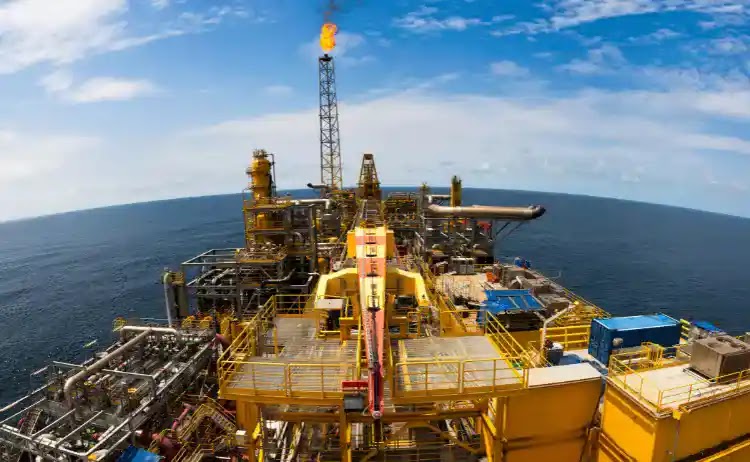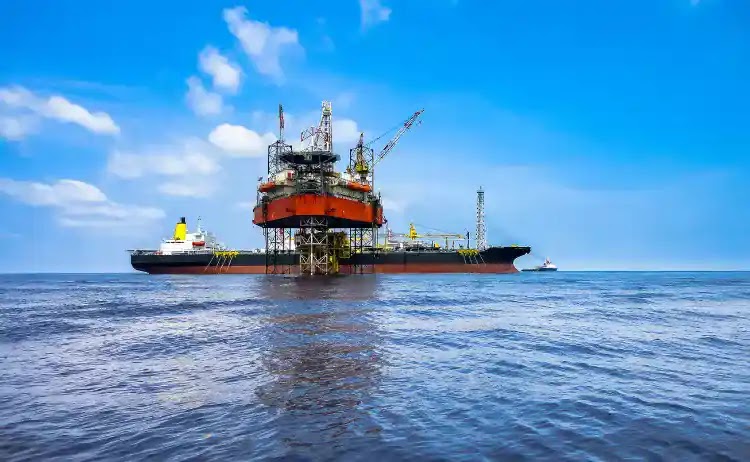Information
How Is Oil Extracted?
Oil or petroleum is a precious commodity that has resulted in various conflicts in the past in determining who controls them. Oil has given significant value to most companies out there even to people like John D. Rockefeller who was one the richest Americans one time ago.
Despite the brawl over oil and the technologies being developed to efficiently extract more oils occurring in the past, this black gold has existed for millions of years underground and is trapped and compressed by layers of rocks.
ADVERT
Offshore oil is one of the industries trying to extract these hidden oils and is also promoted by insane revenues coming from the sale of oil.
History Of Oil Extraction
There have been many records showing how the Chinese operate oil extraction from early as 400 AD but it seems that such fact is not entirely convincing. The first modern structure for oil extraction was built in 1897.
3 decades later, a mobile platform consisting of a simple barge with drills attached to it has become the symbol of the rising influence of Western oil for decades to come.
How Is Oil Extracted?
So the main question that most people want to know will be how is the oil extracted from the ground? As of now, there are more than 80 million barrels of oil produced each day. The drilling process of oil usually starts off with various observations.
The most popular observation in this field will be reflective geography, geomagnetic, and seismic. This study is to determine which area will have the highest chance of having huge oil deposits.
The next stage will involve getting the necessary permit and abiding by regional regulations, state or country. Once the permit has been approved, the rig can be moved. It will require a certified professional team to assemble and manage this million dollars oil drilling structure.
ADVERT
You might be surprised that there are more than 40,000 oil fields across the world. Most of the drilling happened on continental platforms. Certain offshore oil platforms will be located in extreme climates such as the North Sea which has a strong wind of 90-knot and catastrophic waves as high as 20 meters.
Mobile platforms such as oil rig ships are more specialized in exploring works. These ships are usually owned by private contractors who will rent the ships to gain a significant profit.
Structural Components Of Oil Rig
The main structural components will comprise the leg, jacket, deck, derrick, and crane for an offshore rig. The details are as follows:
1. Leg
This is the main component of an oil rig. The main platform of the rig must be able to drill thousands of feet below sea level which will require stability. The leg is a huge structure going into the depths of the ocean.
The leg is made from concrete structure or steel and is difficult to be taken out despite it being needed for transfer purposes.
2. Jacket
The jacket is usually the steel part that is embedded into the ocean floor. It protects the middle part of the drill from any damage or disturbance.
3. Deck
The deck will be the main working space on the platform where the drill, production machinery, and working staff are located.
4. Crane
Crane is something common to be seen on an offshore rig. It serves the function of carrying and moving objects, drilling machinery, and pipes.
5. Derrick
Derrick is usually the highest structure on an offshore rig. Derrick is merely a tower that places the drilling machinery and connects the pipes as the drill descends.
Types of Oil Rigs
There are various kinds of oil rigs out there from the ones that are mobile and immobile. They all provide different functions and conveniences depending on the situation.
1. Platform Rigs
This is the most common offshore rig out there as they are made from concrete and steel structure and tends to be fixed at the location.
ADVERT
It has deck space for various rigs, production facilities, and quarters for the crew. The design is much suitable for huge offshore deposits.
2. Barge Rigs
Barge rigs are more suitable for regions like the North Oceans where the depths are quite shallow. The hull will be brought to rest on the ocean floor after being directed to the drilling site.
Thus, producing a stable platform for drilling in water less than 250 meters.
3. Jack Up
This offshore rig is designed for much deeper submersible rigs of up to 500 meters. This makes it a suitable rig for small to medium-sized deposits. However, the number of crews that can work here is much less than the usual platform rigs.
4. Submersible Rigs
The submersible rig is commonly built on top of a floating pontoon(hollow cylinder metal). It is often used when the depth is too deep for the barge rigs to handle and it can also be moved easily to other locations.
The drill can go as deep as 1,800 meters into the ground.
5. Floaters
This is generally referred to as the drilling ships that can be maneuvered around. It is specially designed for deep water or speculative mining. This advanced drilling ship also includes a drilling platform in the middle.
It has a more sophisticated detection technology, electronic components, and satellite tracking to ensure that the boat floats safely.
Life On An Offshore Rig
Living on an offshore rig is no easy task as the workers have to stay there for around 6 months every year. Despite the lucrative salary, they will face many difficult challenges.
ADVERT
The good news is that the oil rig will include personal rooms for the crews, a cinema, a 24-hour restaurant, and a gymnasium to keep all the workers fit and healthy for their job. Helicopters will be the main vehicles to travel from land to the rig.
According to studies, it was estimated that each offshore worker will support up to 10 other workers in local industries such as food, transportation, and maintenance. But care must be taken to deal with highly flammable substances.
The oil will always be pumped out under high pressure during the oil extraction process. A small mistake can cause a catastrophe causing many casualties on board.
Since the workers tend to work 12 hours non-stop, they are often exposed to alcoholism and drug abuse to sustain the pressure of this unique and challenging job.
Source:



















Post a Comment
0 Comments